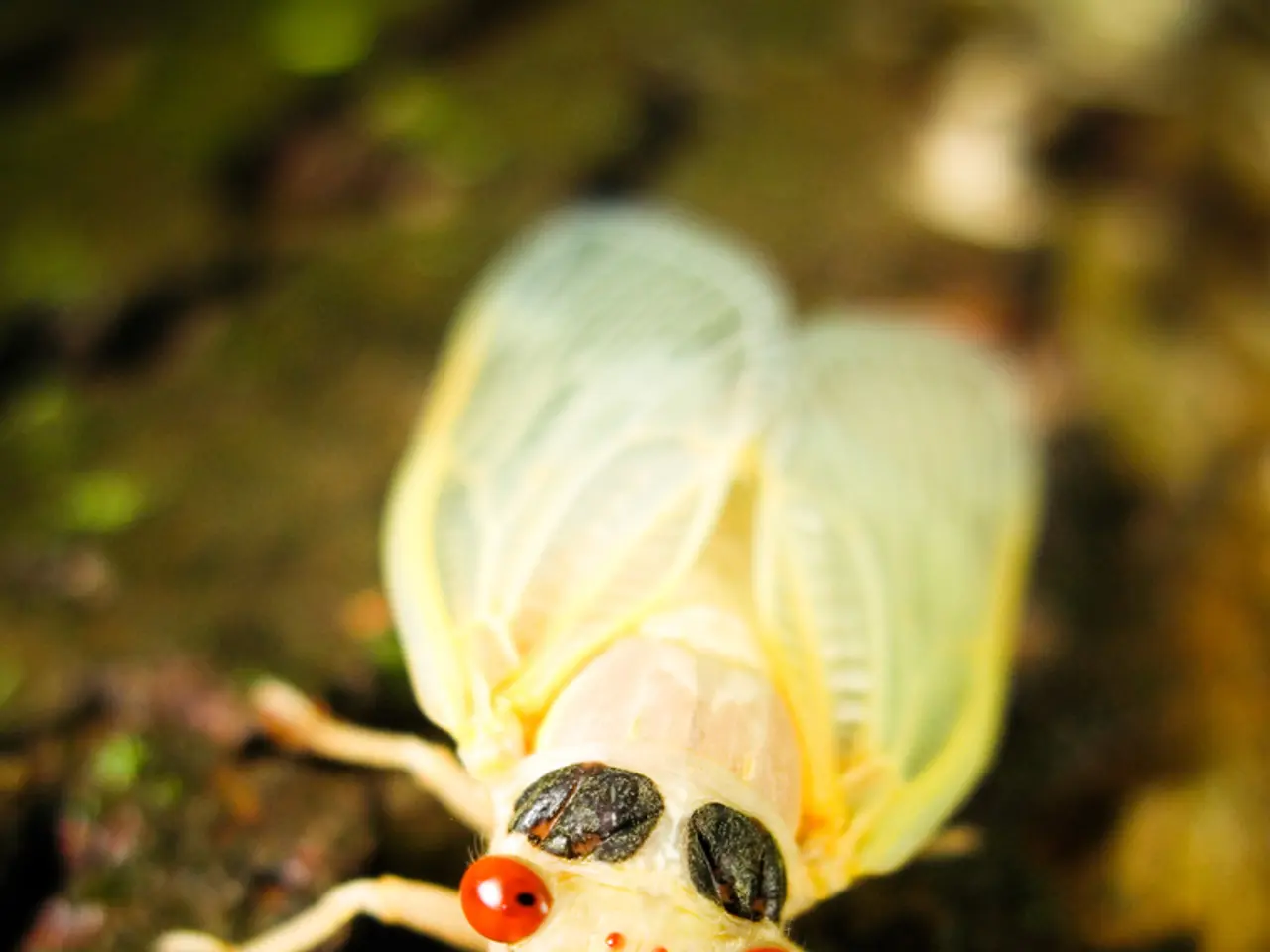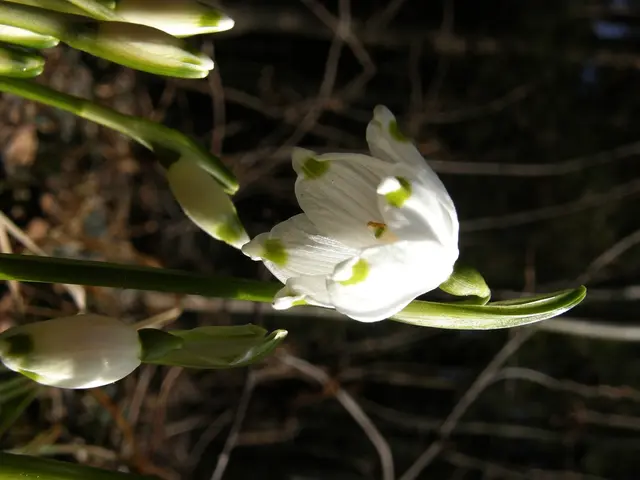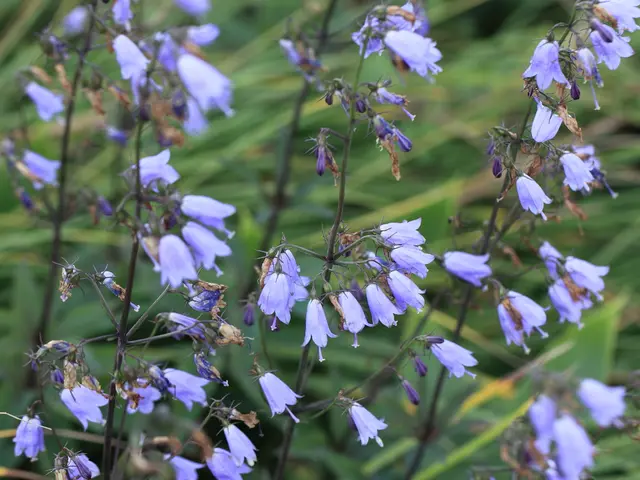Insects in Plant Soil: Identifying Their Nature
In the world of gardening, maintaining a healthy and pest-free environment is essential for the growth of plants. Here's a comprehensive guide on how to control three common soil pests: soil mites, root aphids, and fungus gnats.
Soil Mites
To control a soil mite infestation in plants, a combination of improved cultural practices and natural treatments is recommended. Adjusting watering to keep the top 1–2 inches of soil dry between waterings is crucial, as moist soil encourages mite breeding. Removing infected plants or parts showing heavy infestation can prevent mite spread. Replacing or refreshing the top layer of soil disrupts mite habitat and reduces their population.
Applying diluted neem oil or insecticidal soap to the soil surface suffocates mites but can harm beneficial microbes if overused. Introducing beneficial insects such as predatory mites, ladybugs, or lacewings can naturally reduce mite populations. Improving airflow and reducing humidity around plants makes conditions less favorable for mites. Topping soil with horticultural sand can reduce surface moisture, and regularly inspecting plants for early signs of infestation is also important.
For houseplants and indoor infestations, using old or non-sterile soil should be avoided. Covering drainage holes with synthetic fabric and exposing the soil with a layer of sand can help prevent fungus gnats from accessing the soil and laying eggs.
Root Aphids
A combination of control methods is most effective for root aphids. Careful monitoring is necessary to control root aphids, and locally sourced, high-quality soil mediums or homemade compost can make it easier to control inputs. In severe infestations, insecticidal soap or pesticides specifically designed for soil-dwelling insects may be used.
Azadirachtin can be applied as a soil drench to control root aphids. Systemic insecticides can also be used, but caution is necessary when treating consumable crops. Sf/Hb Nematode Combo is a treatment that interrupts root aphid reproduction cycles, and Beauveria bassiana, a fungus used as a biocontrol for soft-bodied insects, including root aphids, is another effective option.
Fungus Gnats
To get rid of fungus gnats, use yellow sticky traps, cider vinegar traps, or flypaper. Allowing the top inch or two of soil to dry out before watering again is also an effective measure. Covering drainage holes with synthetic fabric and exposing the soil with a layer of sand can help prevent fungus gnats from accessing the soil and laying eggs.
In conclusion, a combination of drying the soil surface, natural neem oil treatment, biological predators, and good soil hygiene is the recommended approach to controlling soil mites without harsh chemicals. For root aphids and fungus gnats, a combination of control methods is most effective. It is also recommended to select growing mediums carefully, avoid commercial soil mixes, and inspect for pest eggs, larvae, and adults.
Incorporating the suggested practices into your home-and-garden lifestyle, particularly in gardening, can aid in the control of common soil pests like soil mites, root aphids, and fungus gnats. For instance, adjusting watering schedules to keep the top layer of soil dry and removing infected plants can help manage soil mite infestations.




